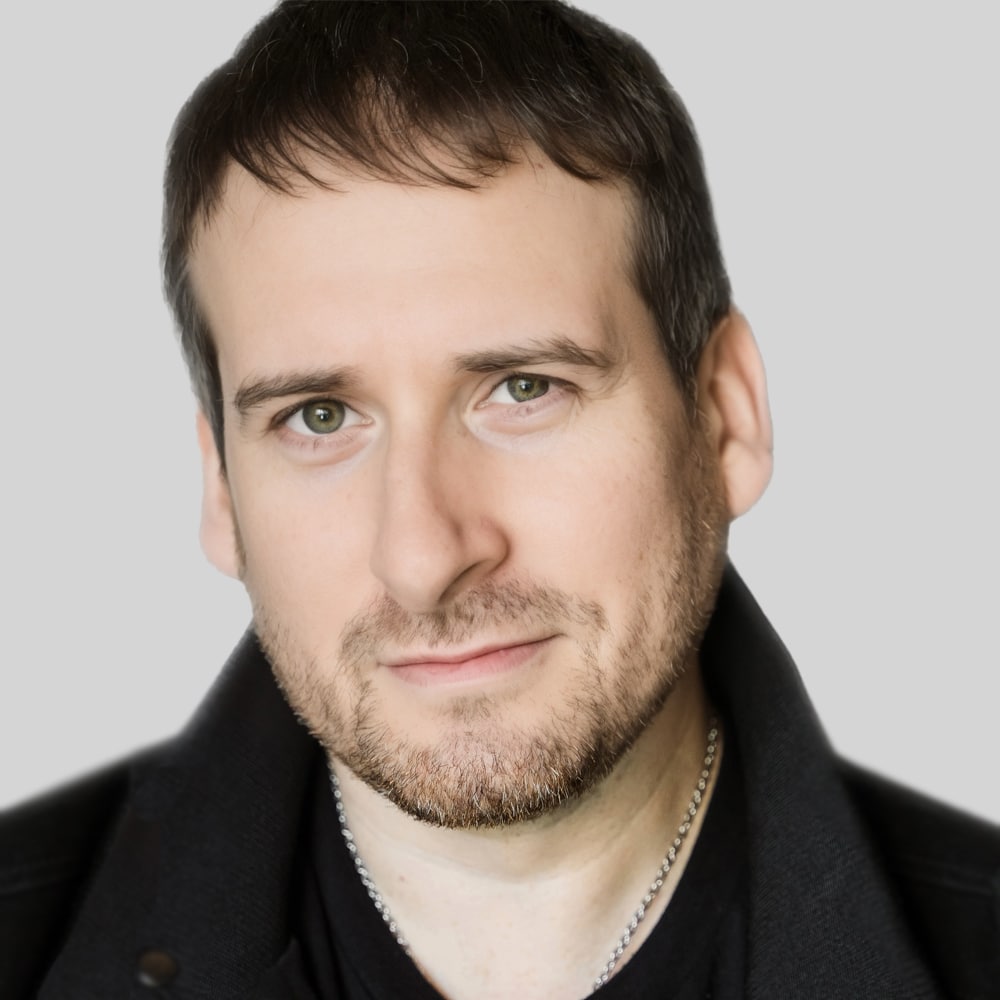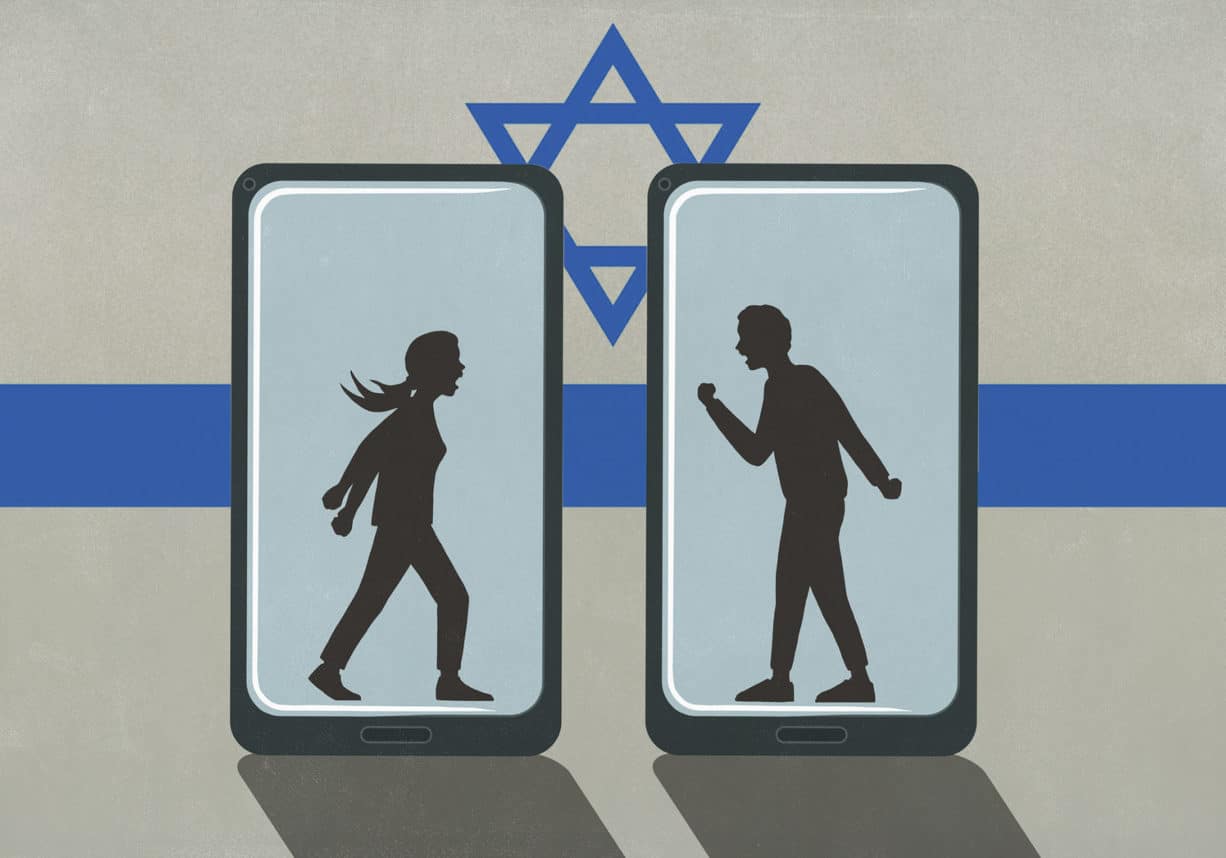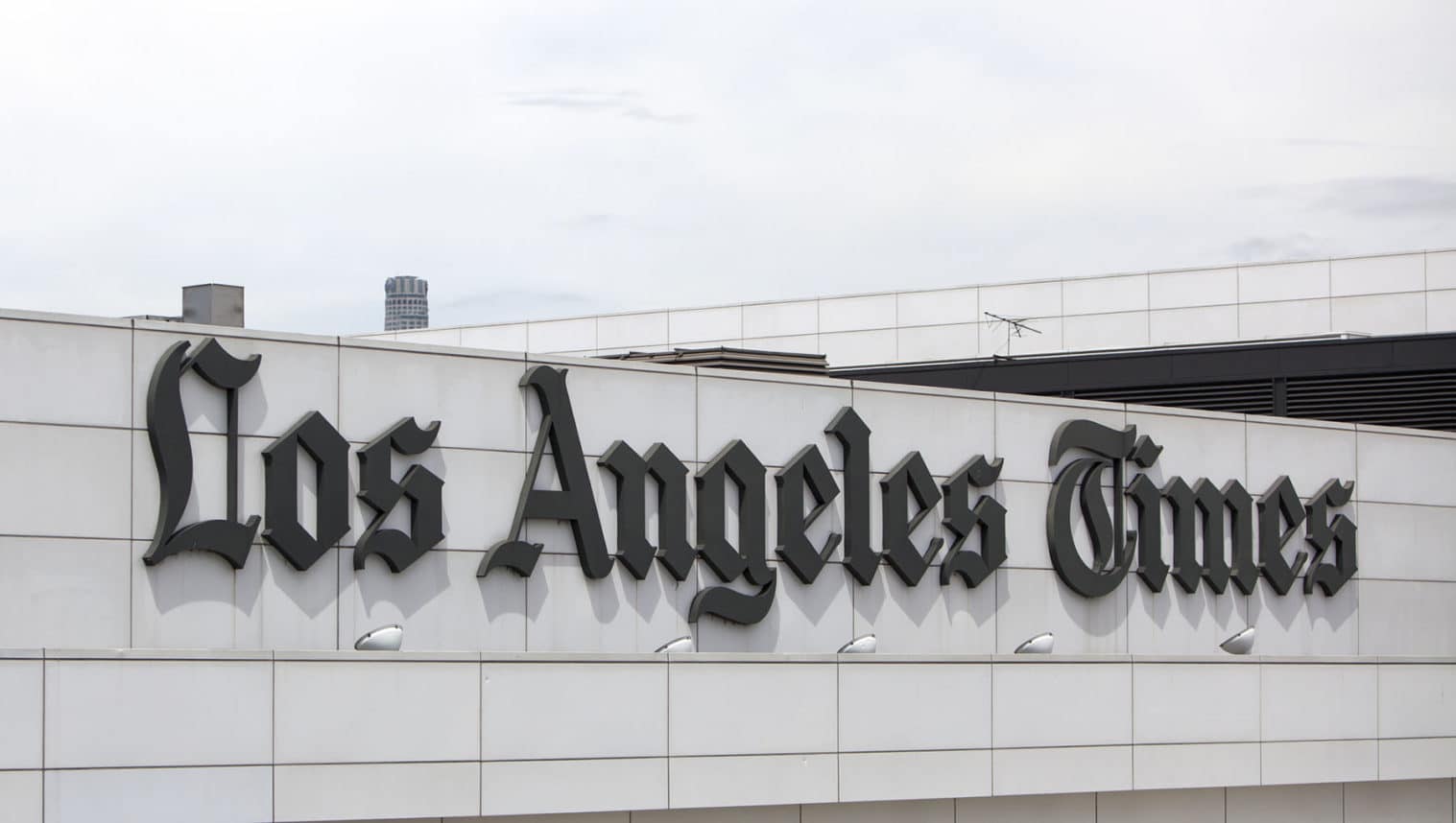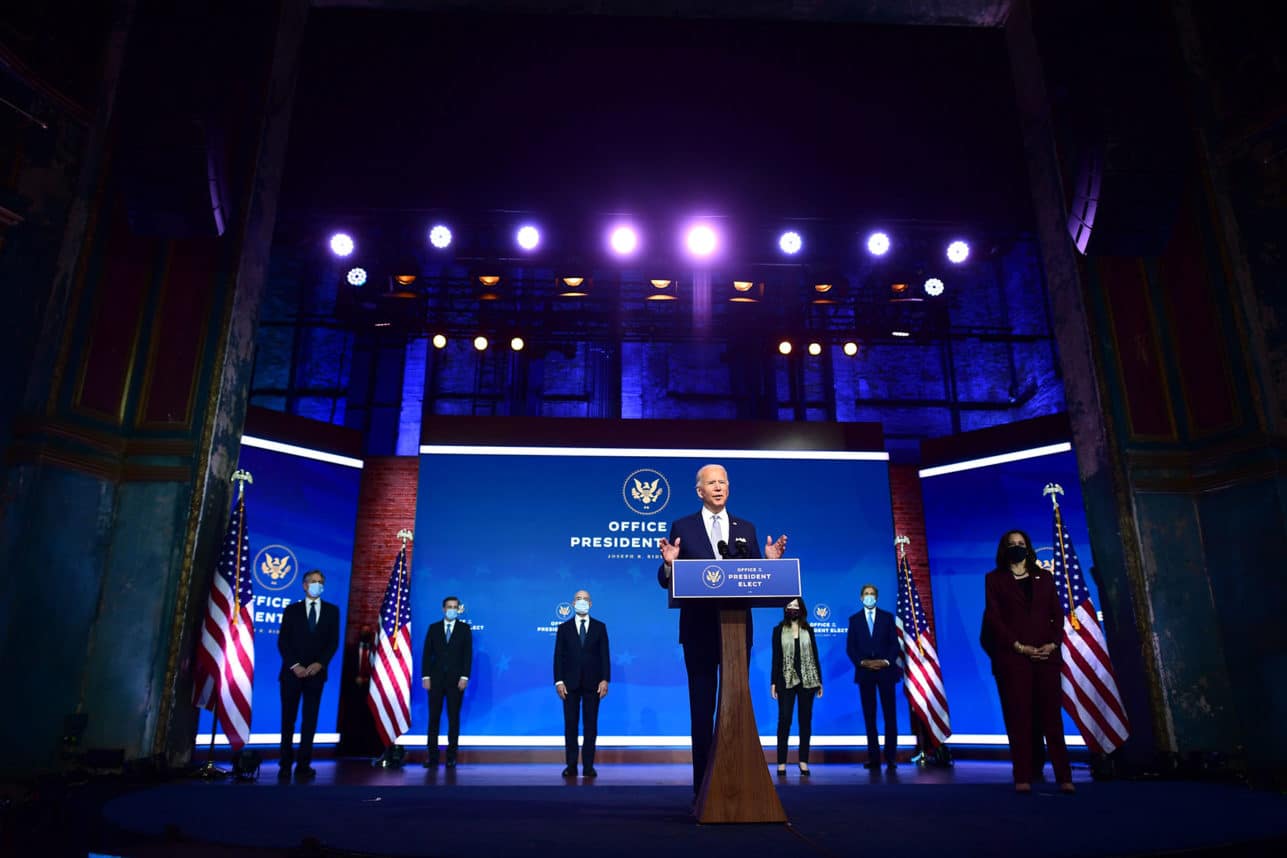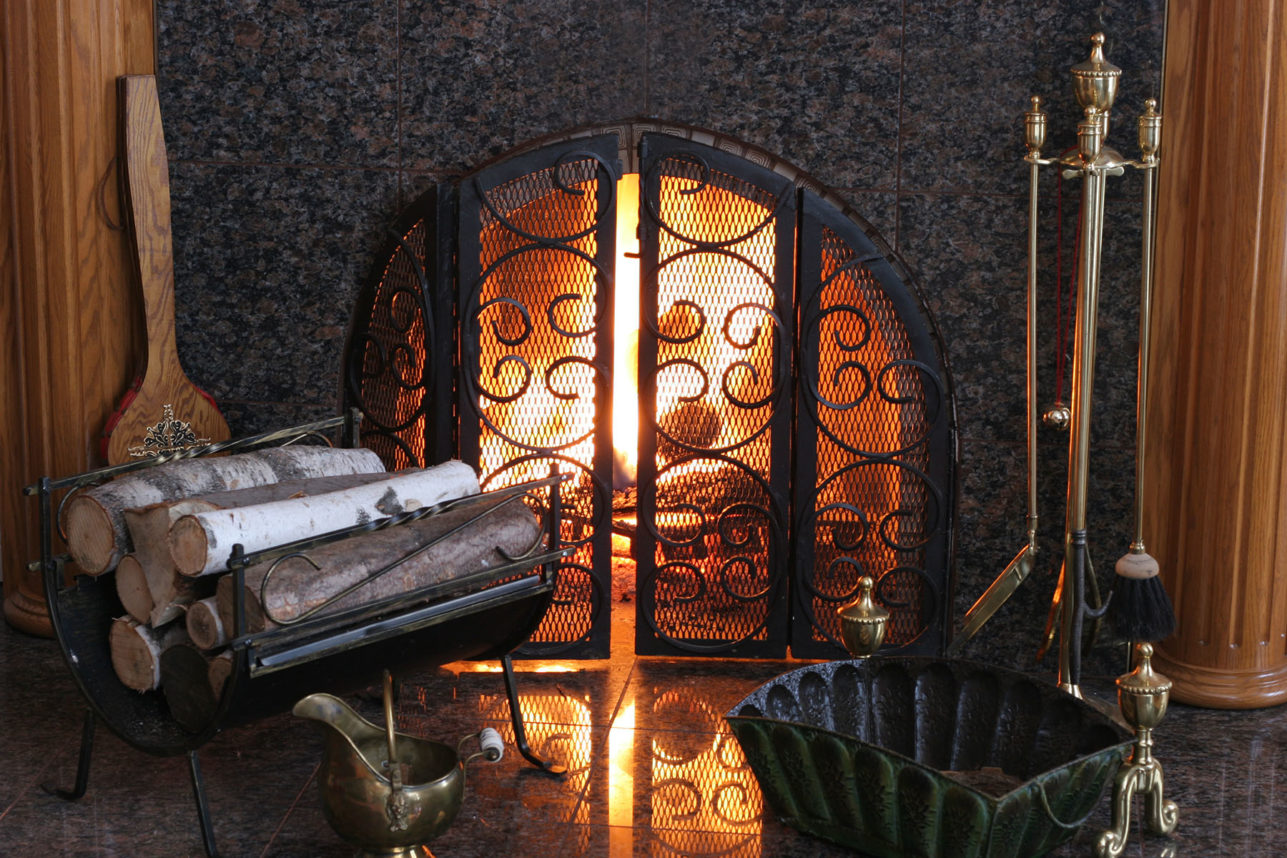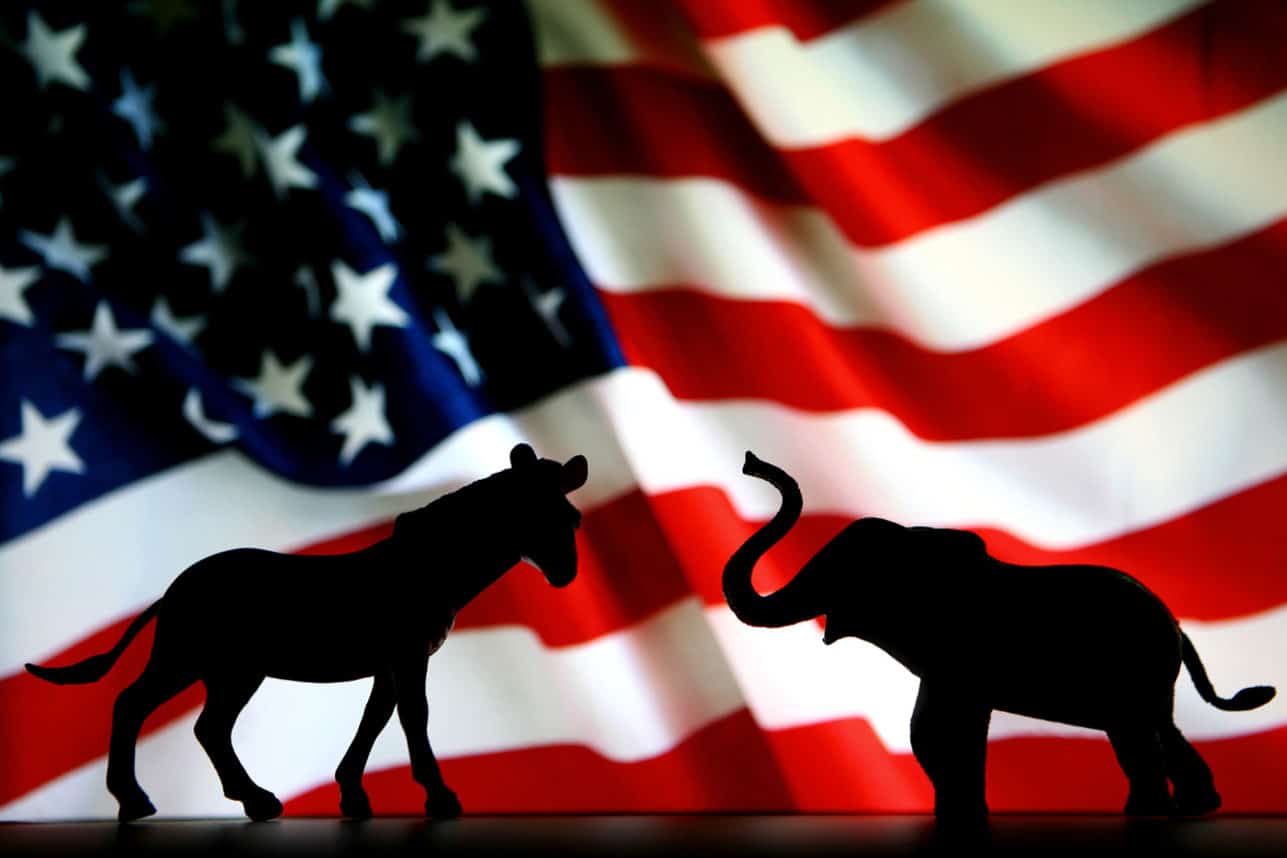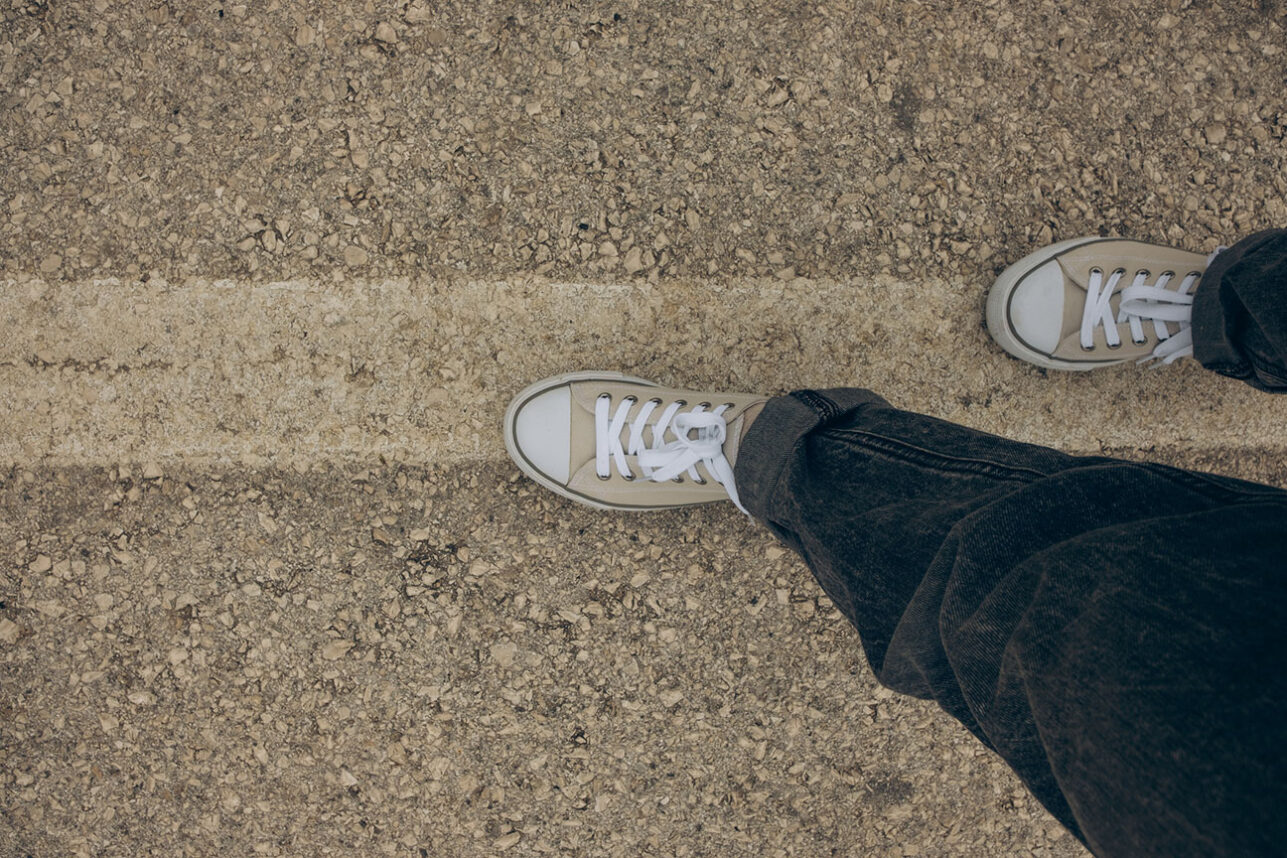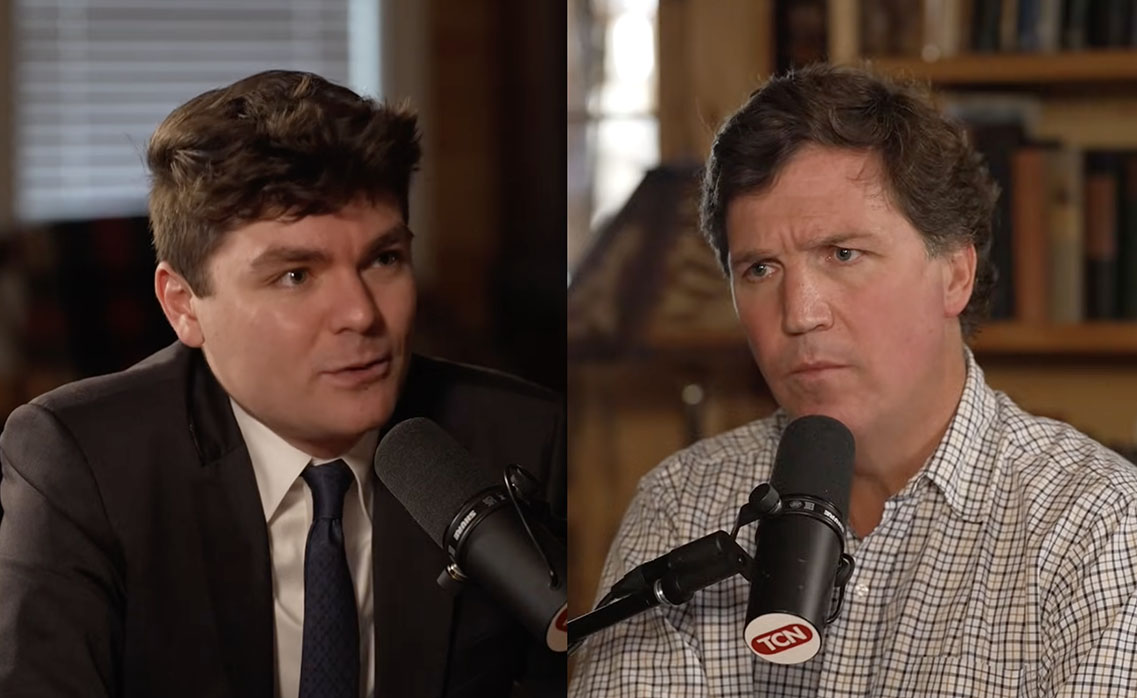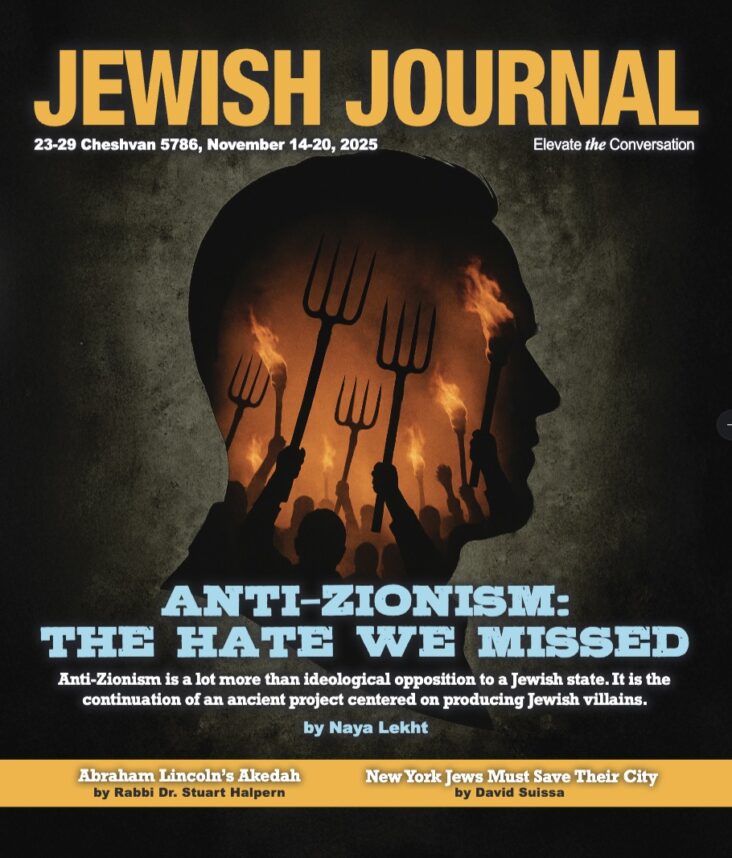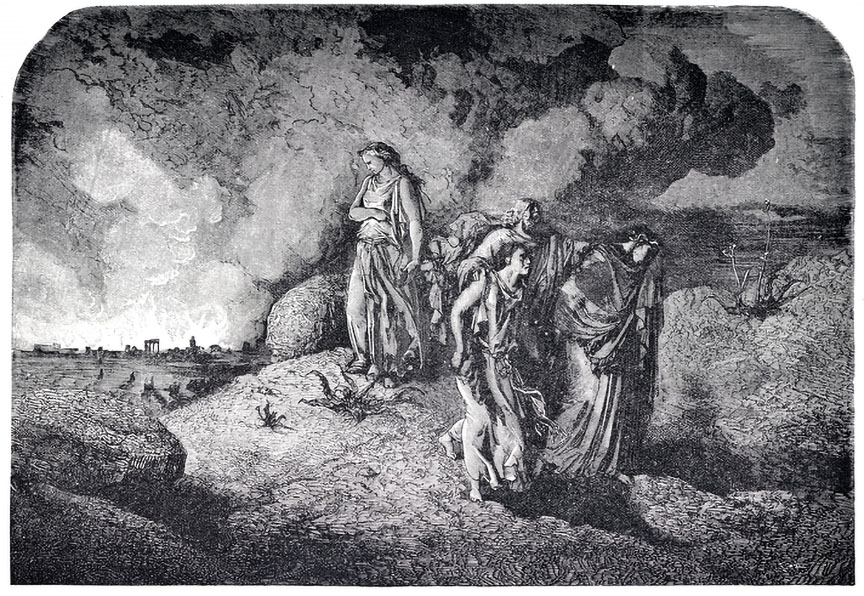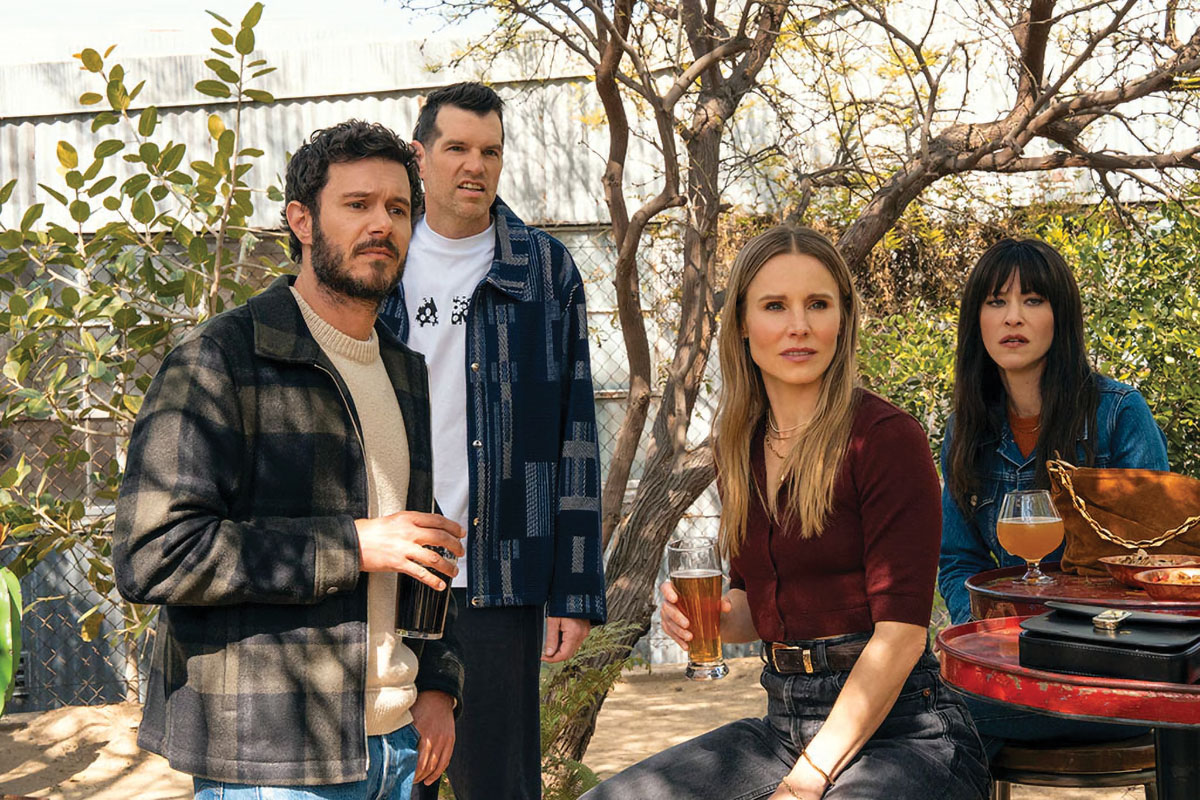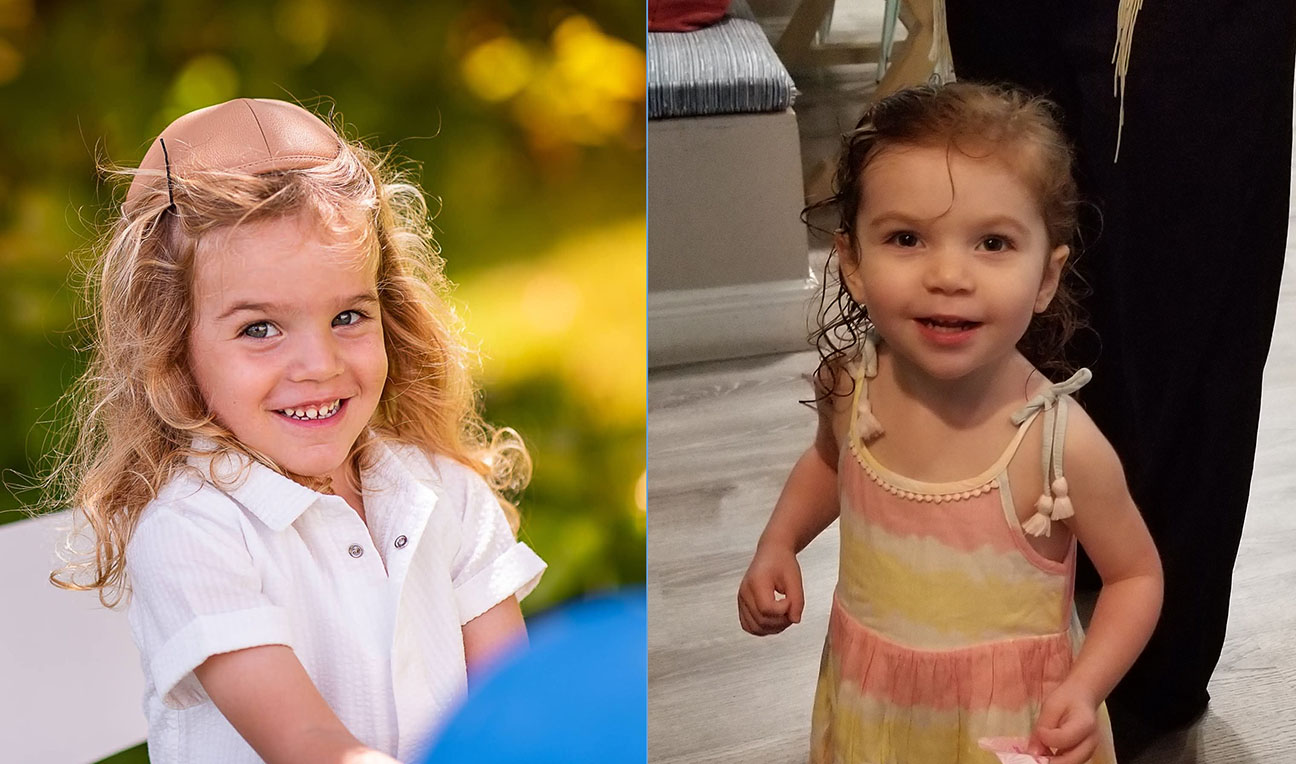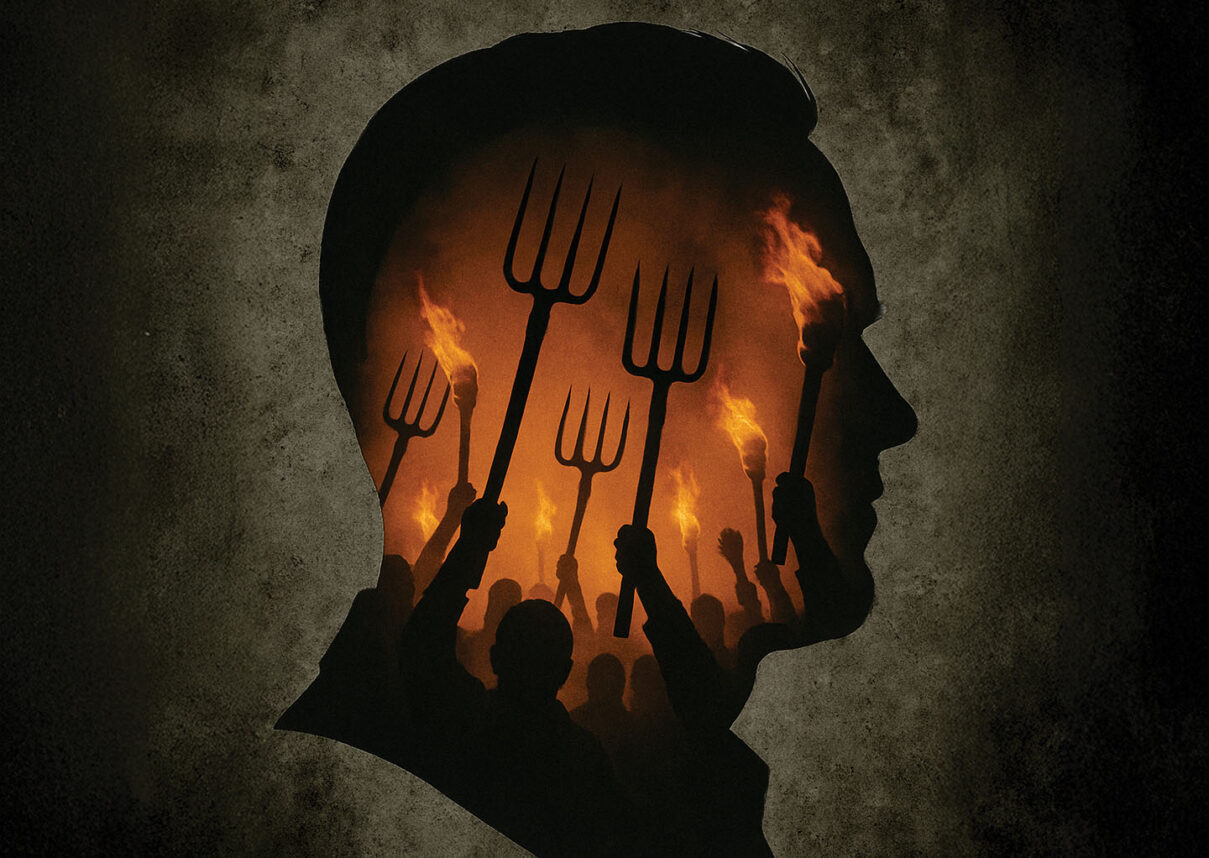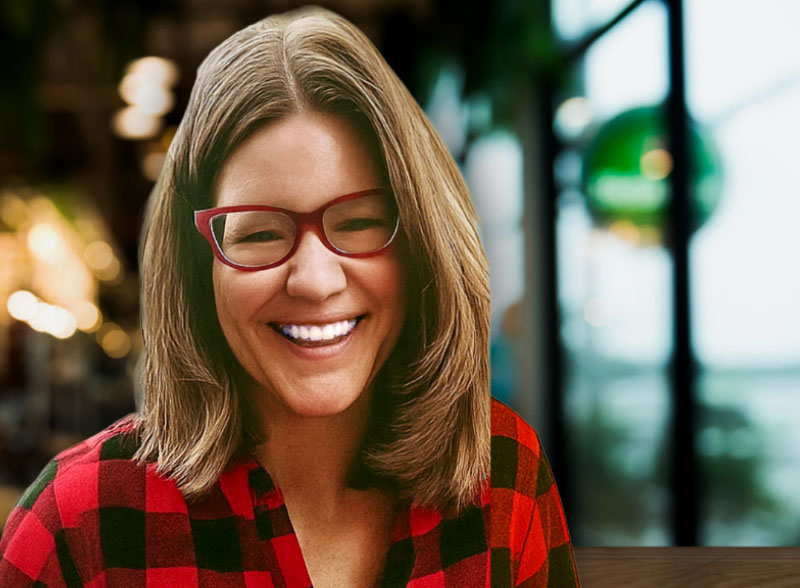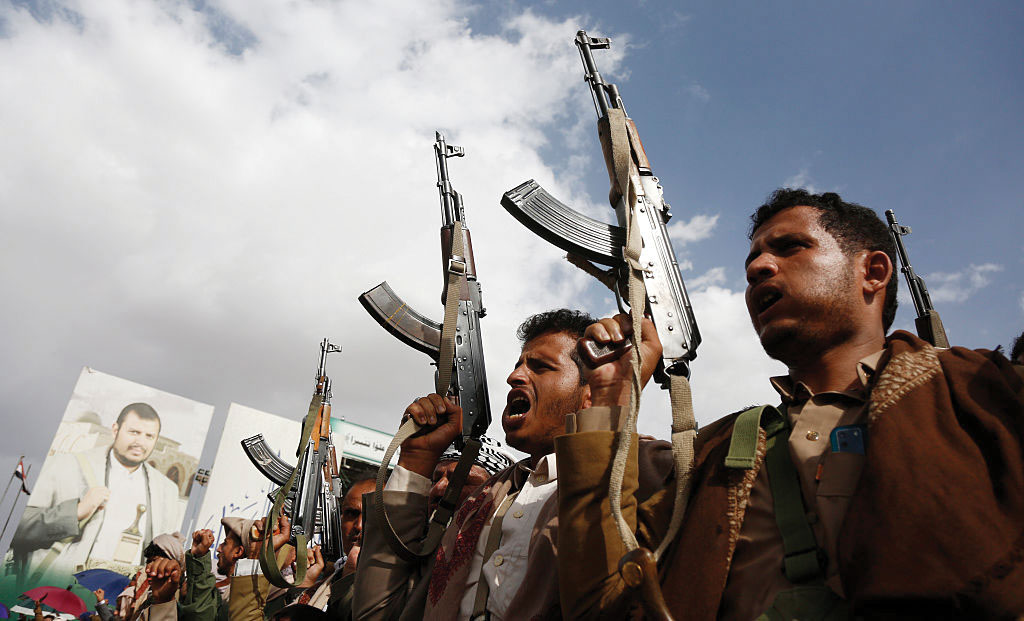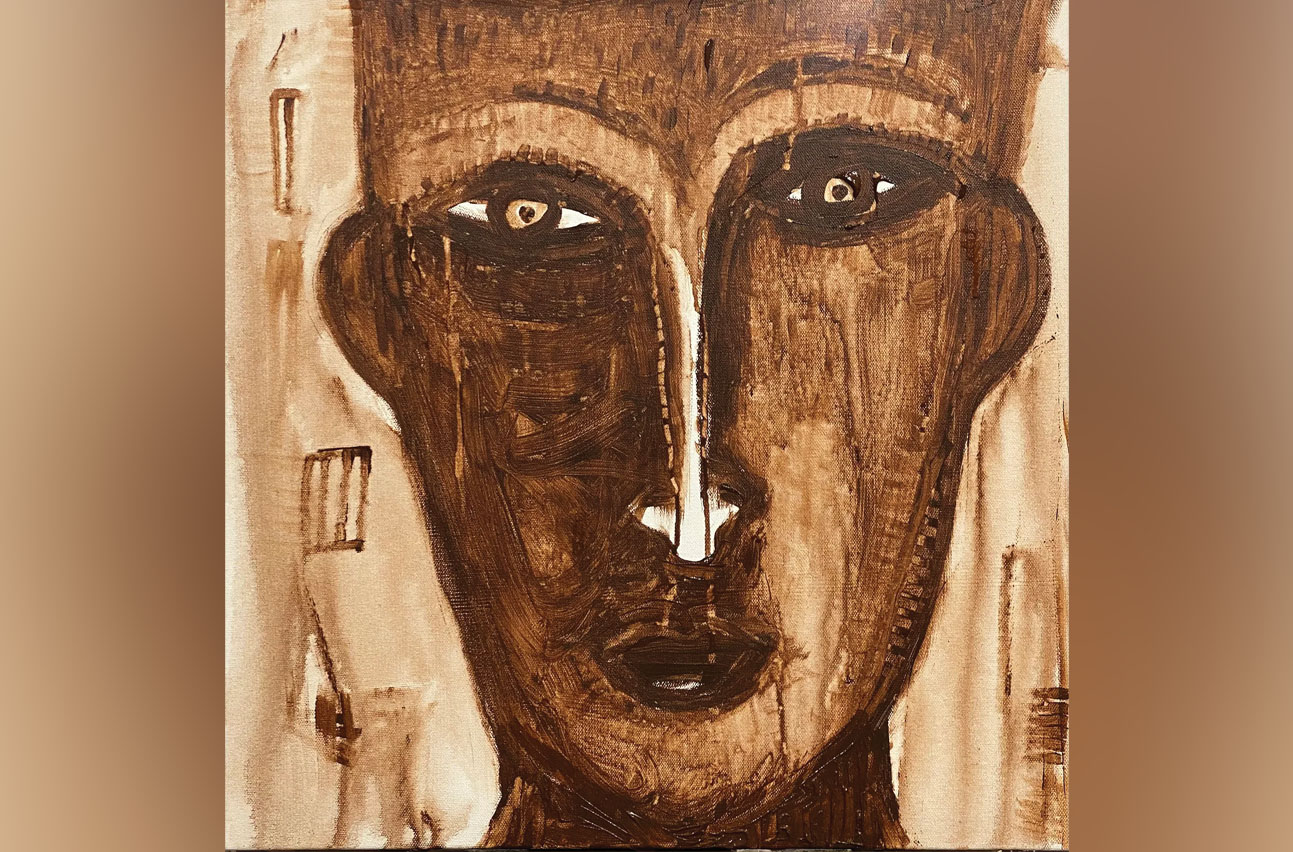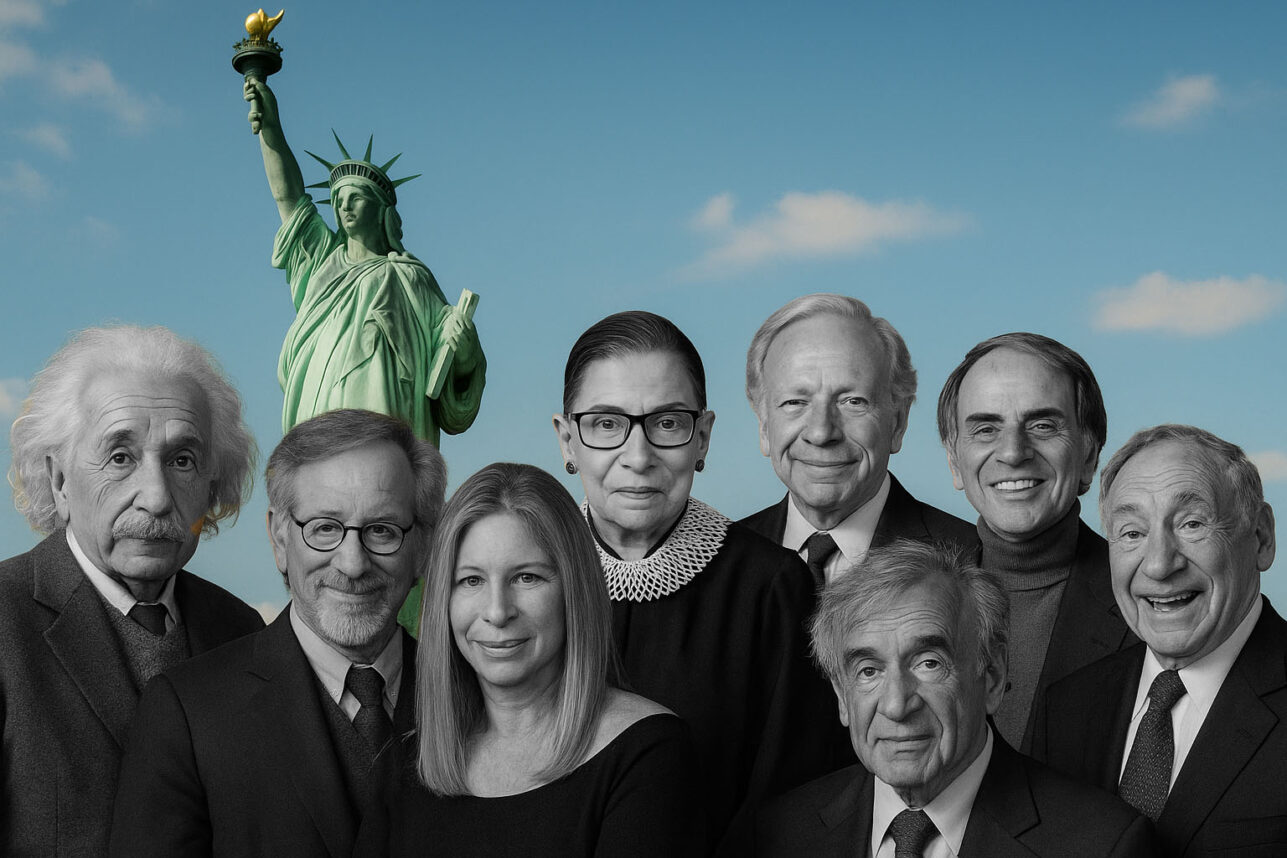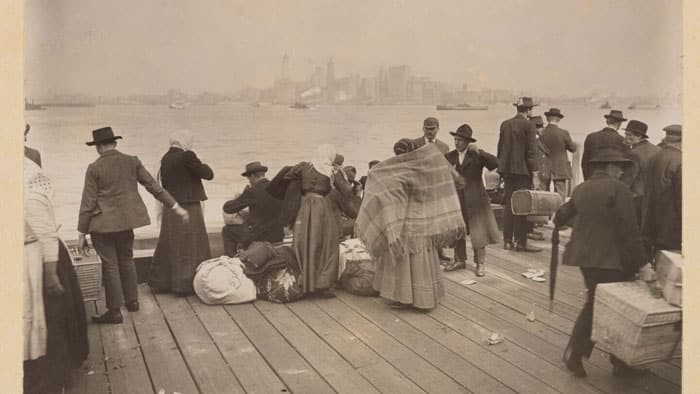
Just before the opening title card of the new PBS documentary “The U.S. and the Holocaust” appears on screen, historian Peter Hayes (Chair of the Academic Committee of the United States Holocaust Memorial Museum from May 2014 to May 2019) offers a lament that summarizes the theme of the three-part program:
“We all tend to think of the United States as this country with the Statue of Liberty poem, ‘give me your tired your poor …’ But in fact, exclusion of people and shutting them out has been as American as apple pie.”
Over the course of the six-hour documentary, viewers get a deep dive into what the U.S. did and didn’t do before, during and after the Holocaust. The revelations will leave viewers wincing at what the U.S. should have done. Ultimately, the documentary is a complex, disciplined amalgamation of facts, footage and first-hand testimonials.
A throughline of the documentary is how Anne Frank and her family were depicted over the years. With narratives from Frank’s diary, public records and testimony from Frank’s stepsister Eva Geringer, the political squabbles in the U.S. become more and more infuriating throughout the three-part documentary.
The documentary shows just how pervasive antisemitism, nativism, racism and white supremacy were in the early-20th century. In the lead up to World War II, the U.S. was in large part an isolationist country in the midst of the Great Depression. The U.S. Armed forces had only about 330,000 soldiers (and would grow to over 12 million by the war’s end).
The documentary directly addresses the paramount question: “During the Holocaust, why didn’t President Franklin Delano Roosevelt and the Americans bomb the railways leading to the Nazi concentration camps, nor the camps themselves?”
The series’ directors — Sarah Botstein, Ken Burns and Lynn Novick — each spoke with the Journal about the documentary.
Burns described that in their editing room, there is a neon sign written in uppercase cursive that reads “It’s Complicated.” And that is the mindset viewers will come away with. Burns also explicitly told the Journal that the documentary does not exonerate FDR.
“I feel that we’re tough on [FDR] where we need to be tough and just truthful,” Burns said. ”There’s not an attempt to exonerate. There’s an attempt to just say what happened.”
As the President of the United States from 1933-1945, FDR had the power and intel to do plenty more, the documentary shows.
“He appoints more Jews to his administration than any other President before him,” Burns told the Journal. “His Secretary of the Treasury Henry Morgenthau Jr. is going to oversee the creation of one of his star bureaucrats, John Pehle—Director of the War Refugee Board, which is too little too late, but does more than any other agency to save human lives at the very end of the war, particularly in Hungary and Romania. But it’s not enough. I’m not giving the American people a pass, I’m not giving the Congress a pass, I’m not even giving the media a pass who are reporting on it by the thousands. And, you know, it belies the sense that we didn’t know until the footage came out of the concentration camps. There were 3,000 articles in 1933 about the mistreatment of Jews or restrictions about Jews or developing antisemitism in Germany.”
One of the most stunning things the documentary confronts is the presentation of national opinion polls. They provide an eerie look into the mindset of many Americans and the credence that individuals in the government put on them when making policy decisions.
“Polling was a new art so to speak — or science, or somewhere in between — in the 1930s,” said co-director Lynn Novick. “So the whole idea of surveying the public and making policy based on what people want or don’t want was a relatively new phenomenon. The polling is consistent throughout this entire time. No matter what the news is, no matter how bad things are, Kristallnacht, any and all the atrocities that do get into the papers, the public still basically is very strongly against letting in immigrants and refugees here. And even after the war’s over.”
Sol Messinger was among the more than 900 Jewish refugees on board who crossed the Atlantic to flee Nazi Germany only to be turned away by Cuba, the U.S. and Canada. Appeals by the ship’s captain to FDR to let the passengers take refuge in the U.S. were not returned.
There’s video testimony from a passenger who traveled aboard the ship MS St. Louis, Sol Messinger. Messinger was among the more than 900 Jewish refugees on board who crossed the Atlantic to flee Nazi Germany only to be turned away by Cuba, the U.S. and Canada. Appeals by the ship’s captain to FDR to let the passengers take refuge in the U.S. were not returned.
Another influential American who comes under much scrutiny in the documentary is aviator Charles Lindbergh. The documentary shows that during the isolationist years, Lindbergh was hardly just some far-right fringe lunatic but also a hero to millions of Americans. Lindbergh made hugely antisemitic and racist comments at rallies to much applause and fanfare.
“We might think it would be great if we could just cancel Lindbergh, but we can’t,” Novick said. “We have to acknowledge that he’s part of our story. This is part of our country, and it’s not just who or what he stood for, but also how respected he was and how much power he had.”
Over the course of the 395-minute documentary this is explored to a great extent. There’s indisputable proof presented that Lindbergh admired Hitler greatly. (And he wasn’t the only one.) In the documentary, an excerpt from Lindbergh’s diary is read, following a 1938 voyage on a ship with many Jews on board: “‘Imagine the United States taking *these jews* in addition to those we already have’ he had written in his diary. ‘There are too many places that look like New York already. A few Jews add strength and character to the country, but too many create chaos and we are getting too many. This present immigration will have its reaction.’”
As the polls said of their constituents, isolationism pervaded members of the U.S. Senate and House.
A haunting quote from Senator Robert Reynolds of North Carolina is also presented: “If I had my way, I would today build a wall about the United States so high and so secure that not a single alien or foreign refugee from any country upon the face of this earth could possibly scale or ascend it.”
Another such example presented comes in 1943 when “several senators and congress introduced a resolution calling for a new commission tasked with saving ‘the surviving Jewish people of Europe,’” the narration says. “Assistant Secretary of State Breckinridge Long testified against it for four hours behind closed doors. ‘There was no need for such a commission since the State Department had welcomed 580,000 refugees to America since 1933.’ It was not true. The real refugee number was one third of that.”
In the fall of 1943, thousands of Jews were deported from Italy to Auschwitz. Long knew this. He had worked for the State Department after World War I and had been FDR’s Ambassador to Italy in the 1930s.
While there is much focus on the government, the documentary features ample footage and the gory history from the front lines of World War II and the depths of Holocaust. Those scenes are then juxtaposed with the gross ambivalence to intervene by those at the highest levels of the U.S. government, making this documentary a story that will have you pondering the entire concept of hindsight.
The production team worked closely with the U.S. Holocaust Memorial Museum (USHMM) in Washington, D.C. The USHMM contacted Botstein, Burns and Novick in 2015 as the museum was preparing their exhibition on Americans and the Holocaust. Three years of research would ensue before the directors started filming on location in 2018.
“The U.S. and the Holocaust,” like many of the award-winning documentaries by the team, features much narration over compelling footage. Botstein gives much credit to the “extraordinary Polish cinematographers” who helped with filming the footage on location at Auschwitz, Treblinka, Belzec and many others.
Botstein, Burns and Novick have worked together over the past two decades to produce some of the most revered documentaries on PBS including “Hemingway,” “Jazz,” “The Vietnam War,” “Prohibition” and “The War.” After all of that, Botstein thinks that the cinematography in “The U.S. and The Holocaust” is among the best that they have ever filmed.
The third and final episode of the documentary features footage of some horrifying scenes that will be impossible to forget, but important to see. Supreme Allied Commander Dwight D. Eisenhower visited the Ohrdruf part of the Buchenwald Concentration Camp in April of 1945. He ordered a Congressional delegation and newspaper editors to come there and see for themselves for the very first time.
The documentary may leave you remembering your earliest memories of learning of the Holocaust.
Burns, age 69, first learned of the Holocaust at age nine while living in Delaware. His Army veteran father had him watch the 1959 courtroom drama, “Judgment at Nuremberg.”
“The most important part is when the prosecutors turn off the lights and show the footage,” Burns recalled.
Co-director Sarah Botstein’s father was a Jewish refugee who came to the U.S. after World War II with his parents from Switzerland through a grant from the Hebrew Immigrant Aid Society. She can’t remember a time in her life when the Holocaust wasn’t ever-present.
“I learned in the process of making this film that my grandparents’ first attempt at a visa and all the paperwork to get to America was in 1935,” Botstein said. “My father was on the [ocean liner] USS America in 1949. And they were highly educated, pretty privileged Jews.”
In the end, the narration in “The U.S. and the Holocaust” says that “no contemporaneous evidence exists that FDR himself was ever consulted about bombing Auschwitz. But many years later, [Assistant Secretary of War] John McCloy claimed he had spoken with him and that the President had rejected the idea out of hand. ‘They’ll only move it down the road a little way’ he said he remembered the President saying. ‘I won’t have anything to do with it. We’ll be accused of participating in this horrible business.’”
The complexity and detail of this documentary rewards viewers who watch and eventually rewatch. In the final hour, historians speak to how this is all a grim reminder about the “fragility of our institutions.”
“Don’t kid yourself to think that somehow we are immune to it, even if we study it right,” Burns said. “We see the tendencies that have always been here of racism and nativism, and anti-immigrant and particularly antisemitic feelings.”
There are many unpleasantries that need to be studied about this era of American history. And this documentary has a litany of places to examine.
“This is not a great chapter in American history, we need to learn these lessons,” Botstein said. “And yet [the U.S.] did take in more [Jews] than any sovereign nation. So it’s not like we didn’t do anything. It’s just nothing is that black and white or binary. And that’s what makes history really interesting to study.”

